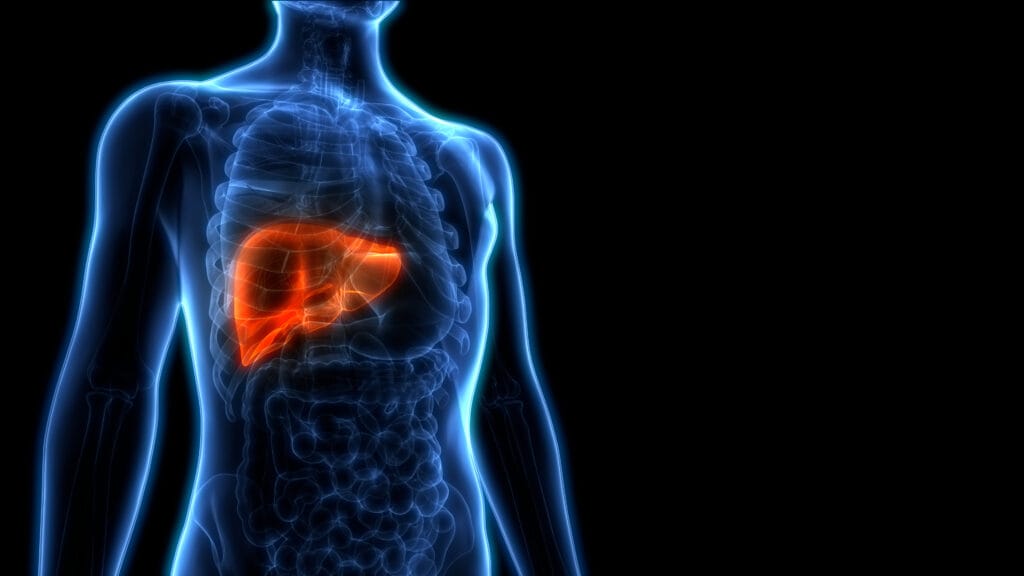Hepatitis, characterized by inflammation of the liver, can arise from various causes, including viral infections, toxic substances such as alcohol or drugs, and autoimmune diseases. The liver plays a vital role in processing nutrients, filtering blood, and combating infections, making its health essential for overall well-being. In this article, we delve into the types of hepatitis, associated symptoms, and the potential benefits of Pulsed Electromagnetic Field (PEMF) therapy.
Understanding Hepatitis: Types and Symptoms
Types of Viral Hepatitis

Hepatitis is primarily categorized into three main forms, each with distinct transmission modes and health implications:
- Hepatitis A (HAV): Often transmitted through contaminated food or water, typically results in acute infections with a low risk of chronic disease.
- Hepatitis B (HBV): Transmitted through contact with infected bodily fluids, HBV can lead to both acute and chronic infections, with the potential to cause significant liver damage, cirrhosis, and liver cancer.
- Hepatitis C (HCV): Mainly spread through blood-to-blood contact, often through shared needles, HCV frequently results in chronic illness and is a leading cause of liver disease.
Symptoms of Hepatitis
Symptoms of hepatitis can vary widely depending on the type and stage of the infection. Some individuals may remain asymptomatic, particularly in the early stages. Common symptoms include:
- Fatigue: An overwhelming sense of tiredness or weakness.
- Jaundice: Yellowing of the skin and eyes due to elevated bilirubin levels.
- Abdominal Pain: Discomfort in the upper right abdomen.
- Loss of Appetite: A diminished desire to eat.
- Nausea and Vomiting: Feelings of sickness or actual vomiting.
- Fever: Mild fever may occur during acute infection.
- Joint Pain: Some patients, especially those with hepatitis B, may experience joint discomfort.
Acute vs. Chronic Hepatitis
- Acute Hepatitis: Symptoms can appear rapidly, ranging from mild to severe, and typically last a few weeks to a few months.
- Chronic Hepatitis: This condition may persist for years with minimal or no symptoms, eventually leading to severe liver damage, such as cirrhosis or liver failure.
The Role of PEMF Therapy in Managing Hepatitis Symptoms

Recent studies into PEMF therapy highlight its potential in managing conditions related to inflammation and cellular repair—critical aspects of liver health. Below are key areas where PEMF may provide benefits:
1. Targeting Liver Fibrosis and Cirrhosis
Animal studies have indicated that PEMF may assist in managing liver fibrosis—a condition characterized by excessive connective tissue buildup due to chronic liver inflammation. Research suggests that PEMF could help reduce collagen accumulation and modulate inflammatory pathways.
2. Alleviating Inflammatory Liver Conditions
PEMF therapy is recognized for its ability to diminish chronic inflammation across various tissues. Given the inflammatory nature of hepatitis, PEMF may help alleviate the overall inflammatory burden on the liver, promoting enhanced liver health.
3. Supporting Immune Modulation
In the context of autoimmune hepatitis, PEMF therapy may serve as a complementary treatment. Evidence from studies on autoimmune conditions suggests that PEMF can positively influence immune cell behavior, offering potential support for those with autoimmune liver diseases.
4. Enhancing Quality of Life
Chronic hepatitis often comes with persistent fatigue and pain. PEMF therapy has demonstrated effectiveness in reducing chronic pain and fatigue in various conditions, potentially enhancing the quality of life for those suffering from liver diseases.
Integrating PEMF Therapy for Hepatitis Care

If you are considering incorporating PEMF therapy into your treatment plan, here are some recommended steps:
- Focus on Anti-Inflammatory Programs: Explore PEMF programs that target inflammation reduction, starting at a lower intensity and gradually adjusting based on your response.
- Consistent Usage: Regular sessions—typically 20 to 30 minutes daily or several times per week—may yield long-term benefits in inflammation reduction and improved circulation.
- Targeted Application: Position the Vasindux mat or pad near the liver area (upper right abdomen) to potentially maximize benefits for liver cells and surrounding tissues.
- Monitor Your Symptoms: Keep a detailed log of how you feel during and after each PEMF session to track progress and adjust your approach as necessary.
- Complement with Lifestyle Changes: Enhance your liver health by adopting a liver-supportive diet rich in antioxidants, staying hydrated, and adhering to prescribed medications.
Important Considerations
Before initiating any new therapy, particularly for a complex condition like hepatitis, it is essential to consult with a healthcare provider familiar with PEMF therapy and liver diseases. While PEMF can support



0 Comments